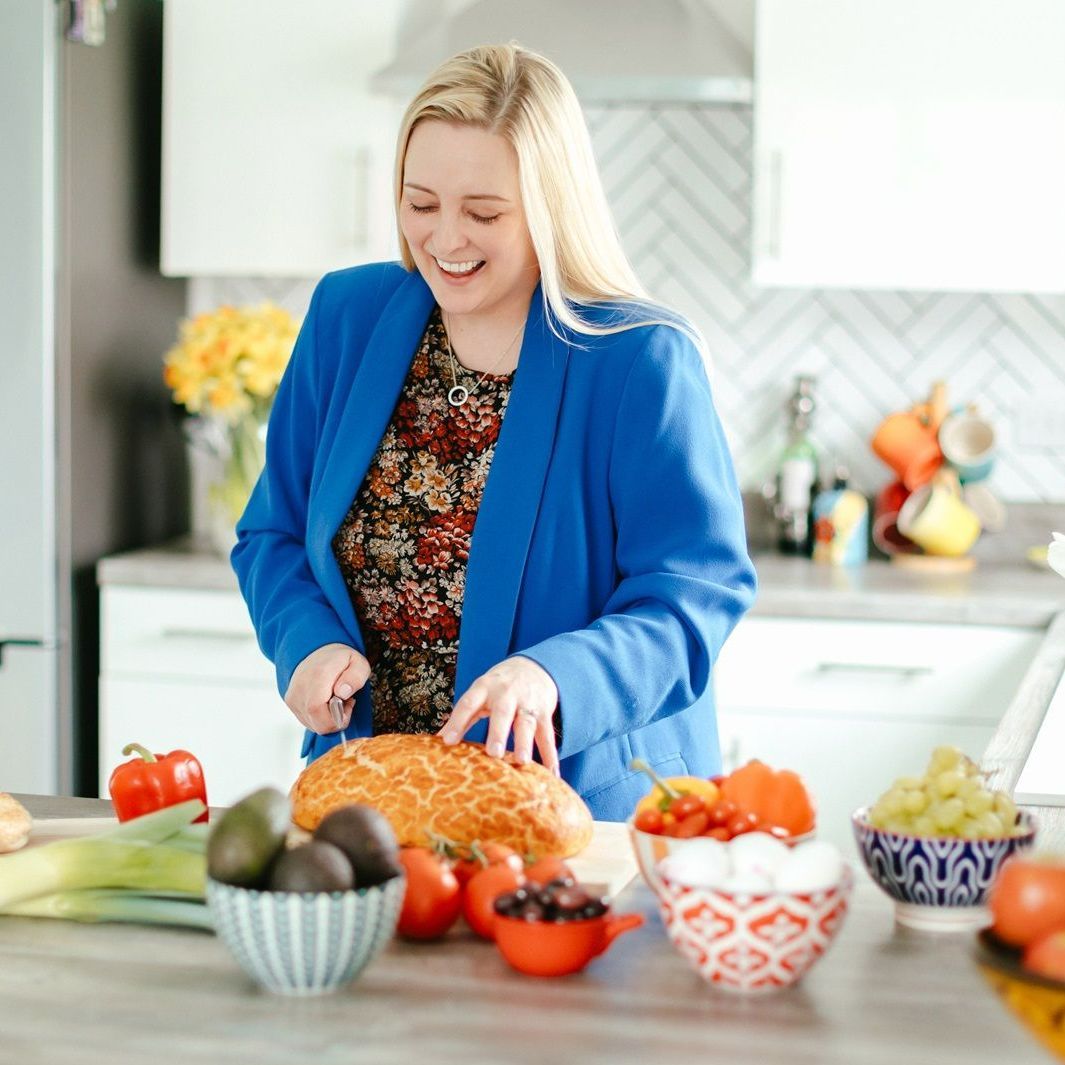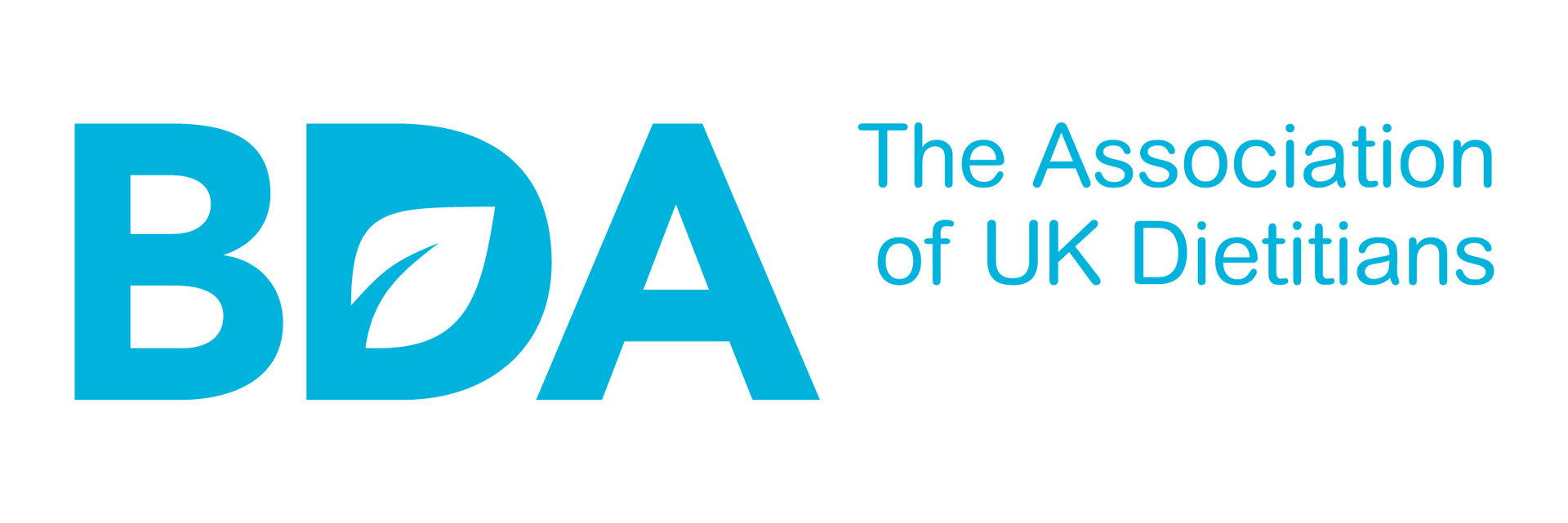HELP! I’m not losing weight

Energy density – things to consider if I’m not losing weight
Since starting your weight loss journey, you may have noticed your weight loss is slow or not occurring as you thought it would. For weight loss to be as effective as possible it’s important to follow a healthy, yet calorie-controlled diet. Following a calorie-controlled diet helps to create a calorie deficit. Weight loss without a calorie deficit is simply not possible. With this in mind its also important to remember the dietary changes you put in place are realistic and not too restrictive. Think of this as a lifestyle change rather than being on a diet!
When thinking about losing weight, most of us think about eating less, constantly feeling hungry and missing our favourite foods. However, research indicates that eating foods with a low energy density makes you feel full, whilst helping you to lose weight.
What is energy density?
Energy density is the number of calories per gram of food. Foods lower in energy density provide less energy per gram, which means we can eat more of them while consuming fewer calories compared to foods with a higher energy. Foods with a high water and high fibre content often have a lower energy density, e.g. fruit and vegetables. Foods which are higher in fat tend to have a higher energy, e.g. butter and oil. If we eat more calories than our body requires, we either gain weight or our weight stays the same.
How to be more calorie aware
It’s useful to understand the energy density of specific nutrients:
Carbohydrate = 4 kcals per gram
Protein = 4 kcals per gram
Fat = 9 kcals per gram
Alcohol = 7kcal per gram
As each nutrient has a different energy density, by altering what we put more or less of into our body, we can affect the total calorie intake.
It’s not necessary to count all the calories we consume in a day, however being calorie aware is very useful. Understanding what is higher, or lower energy density can help you on your weight loss journey. There are many apps and book guides that can support your understanding, as well as checking food labels regularly and taking note of the calories content.
Foods which are filling
Foods which are lower in energy density include those which are naturally high in water such as fruits and vegetables: oranges, apples, berries, broccoli, spinach, tomatoes, cucumber, onions, peppers, aubergine, courgettes. Soups, stews and casseroles filled with non-starchy is a great choice.
Fibre containing foods
Fibre bulks up food but can’t be fully digested. It also helps us to feel full as it slows the rate at which we digest foods. Foods rich in fibre include fruits and vegetables, wholegrains cereal/pasta/bread, oats, barley, beans, lentils and pulses.
Low fat foods
By reducing the amount of fat we eat or add to our meals, the total energy density can be reduced. As fat is the most energy dense nutrient, if we are using less it may lead to a reasonable energy saving. Easy ways to reduce fat content:
- Leaner cuts of meat/removing visible fat
- Use less oil when cooking
- Spread less butter/margarine on bread/toast
- Avoiding ultra processed foods which are high in fat e.g. chocolate, cake, pizza, fried chicken
- Switch to lower fat versions e.g. change mayonnaise to low fat version
High protein foods
Foods rich in protein can decrease hunger and help us to feel full. Fish, lean meat/poultry, eggs, tofu, soya mince, beans and pulses are all foods which contain good levels of protein.
How to set out your plate when eating a meal
- Fill half your plate with non-starchy vegetables
- Aim for ¼ of your plate to be lean protein
- Aim for ¼ of your plate be wholegrain starchy carbohydrates
- Its ok to add a little healthy fat to your plate, this can help you feeler but keep the amount small, e.g. a drizzle of olive oil or thumb size amount of peanut butter
Top tips for lowering energy density
- Choose lean cuts of meat, trim off any excess fat, remove skin from poultry
- Avoid adding too much fat during cooking
- Add plenty of lower energy dense foods to a meal e.g. have a side salad with a smaller portion of lasagne or add lots of chopped veg into bolognaise
- Opt for higher fibre starchy carbohydrates e.g. wholemeal pasta or rice
- If you drink alcohol, do so in moderation
- Avoid high sugar drinks, switch to diet or zero versions. Water is the best form of hydration
- Limit pudding. If having, keep the portion small and infrequent
- Avoid biscuits, chocolate, crisps, and sweets or enjoy less often. If you find yourself snacking on these foods often ask yourself if this is out of hunger or habit. Often, we eat when we are not hungry and such foods can quickly add calories, e.g. 6 digestive biscuits equal 500 kcals. If you do feel hungry between meals and need to snack, consider healthier alternatives, e.g. 2 wholegrain crackers with 30 grams of cheese, 30g unsalted nuts, 1 boiled egg, small handful of fruit
- A great way to understand your food choices and behaviours is to keep a food diary. Capturing what you eat on paper or via an app can help you make decisions around what changes you would like to make and also helps you keep track. See our separate factsheet on ‘keeping a food and exercise diary’
Need help with your diet? Get in touch
below or book your FREE 15 minute discovery call.

Send us a message
Contact Us
Thank you for contacting us.
We will get back to you as soon as possible.
Oops, there was an error sending your message.
Please try again later.
Spooner Nutrition








